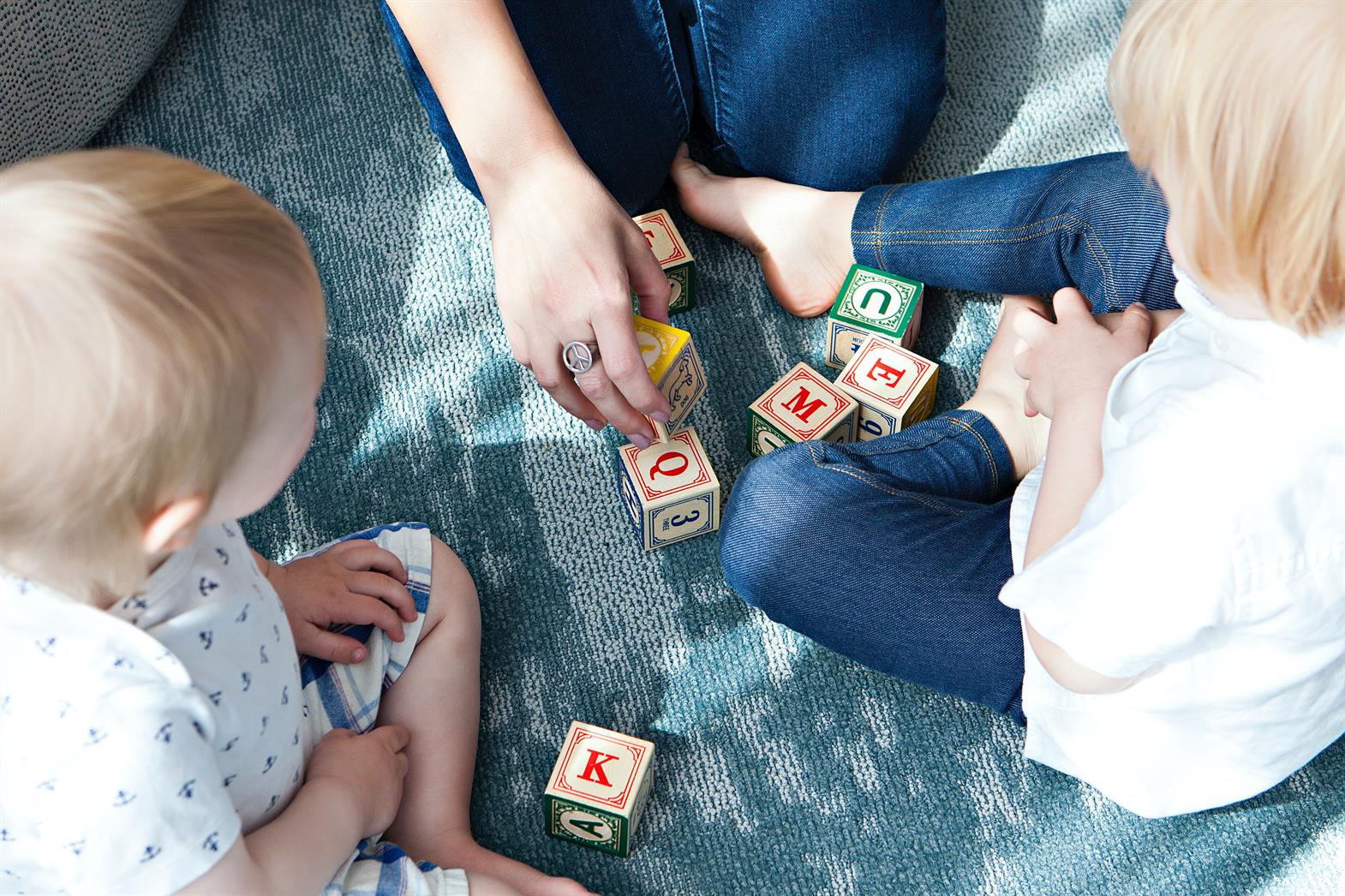A cognitive behavioral therapy program and a social recreational program both helped to reduce anxiety symptoms in children and adolescents with ASD.
What is this research about?
Many children and adolescents on the autism spectrum have high levels of anxiety. Cognitive Behaviour Therapy (CBT) has been shown to be an effective treatment of anxiety for children with autism. Interventions that include social recreational activities may also be beneficial for autistic children by teaching social skills and creating opportunities for social interaction. At the time this study was published there were no other studies that compared CBT to other forms of non-CBT based treatment. The purpose of this study was to compare CBT to a non-CBT based treatment for treating anxiety in children with autism.
What did the researchers do?
Seventy children diagnosed with ASD and anxiety-related issues, aged 9-16 (66 boys and 4 girls) participated in the study. They were randomly assigned to a CBT program or a Social Recreational (SR) program. The CBT program consisted of sixteen 90-minute weekly sessions led by two psychologists in groups of 3-4 participants. The first three session focused on the recognition and understanding of emotions. The following six sessions focused on anxiety management techniques. The final seven sessions focused on problem-solving strategies based on the “Stop, Think, Act, and Reflect” strategy.
The Social Recreation program (SR) also consisted of sessions led by two psychologists in groups of 3-4 participants. The SR program was comprised of age appropriate individual and group activities fostering self-development skills. Researchers assessed the child’s anxiety using the Spence Child Anxiety Scale-Child (SCAS-C), which is a self-report measure, and the severity of the participants’ anxiety using the Clinical Global Impression-Severity (CGI-S), which is based on clinician ratings. Assessments were given before treatment, immediately after the treatment, and at three and six month follow-ups.
What did the researchers find?
The results indicated that children from both groups reported significantly fewer generalized anxiety and total anxiety symptoms at the six month follow-up. Children who participated in the SR program reported fewer total anxiety symptoms at the end of the treatment and significantly fewer panic attack symptoms at the 6 month time point. There were no significant differences in child reports of anxiety between the two groups at any of the time points. The proportion of participants who improved based on child reports of anxiety was 44% for the CBT group and 55% for the SR group. There were no significant differences between the two groups. Clinician reports of anxiety revealed no significant differences between the CBT group and the SR group at different time points.
How can you use this research?
Regular sessions in a positive structured environment, social exposure and the use of autism-related strategies serve as an effective framework in the treatment of anxiety for children and adolescents with ASD.
About the researchers
Dr. Min Sung is an assistant professor at the Duke-NUS medical school in Singapore, where she conducts research in the area of Autism Spectrum Disorders.
Citation
Sung, M., Ooi, YP, Goh, TJ, Pathy, P, Fung, DS, Ang, RP, Chua, A, & Lam , C M. (2011). Effects of cognitive-behavioral therapy on anxiety in children with autism spectrum disorders: A randomized controlled trial. Child Psychiatry and Human Development, 42, 634-649.
This research summary was written by Jennifer MacMullin for the Chair in Autism Spectrum Disorders Treatment and Care Research. This research summary, along with other summaries, can be found on our blog and at asdmentalhealth.ca/research-summaries.
Reproduced with the permission of Dr. Jonathan Weiss (York University). This research summary was developed with funding from the Chair in ASD Treatment and Care Research. The Chair was funded by the Canadian Institutes of Health Research in partnership with Autism Speaks Canada, the Canadian Autism Spectrum Disorders Alliance, Health Canada, Kids Brain Health Network (formerly NeuroDevNet) and the Sinneave Family Foundation. This information appeared originally in the Autism Mental Health Blog (https://asdmentalhealth.blog.yorku.ca).
Photo by Marisa Howenstine on Unsplash


